Are you looking to soar higher than ever before? If the answer is yes, then it's time to shift your focus to a crucial yet often overlooked aspect of jump training: developing tendon stiffness throughout your entire body. By enhancing tendon stiffness, you can effectively transmit the high levels of force necessary for explosive jumps. So, let's dive into the science behind it and discover how you can take your vertical leap to new heights.
Jumping is a complex whole-body action, intricately dependent on the orchestration of isometric and dynamic muscle contractions. Each element of this sequence plays a vital role in determining the overall movement expression. When any part of the sequence is suboptimal, it can impair your ability to achieve maximum jumping performance.
One key factor that affects jump performance is the often-neglected isometric strength endurance training for tendon stiffness. A non-compliant and slack tendon can significantly reduce force output and transmission, leading to compromised performance. Furthermore, tendon slackness can increase instability and the risk of injuries.
There are multiple factors that contribute to tendon slackness.
Let's explore three common culprits:
1. Poor Isometric Force Generation in Muscles: Weak isometric force generation hampers the ability to produce the necessary force for effective tendon engagement during jumps.
2. Aging Beyond 29 Years Old: As we age, we get shorter and our tendons naturally become less resilient and lose some of their elasticity. This can directly impact our ability to generate explosive force during jumps.
3. Reduced Training Frequency: Leading a sedentary lifestyle or neglecting proper training can lead to reduced tendon stiffness, hindering your vertical leap potential.
Sky’s the limit for the Pakmen’s Vernon-Evans
It's fascinating to note that the human body houses over 4,000 tendons. These connective tissues serve the primary function of attaching muscles to bones and, in some cases, muscle to muscle. Understanding the significance of tendons is crucial to realizing their impact on jump performance.
Power, the holy grail of jumping prowess, is the combined product of isometric force generation and joint velocities. Represented by the equation P = F x V, power can be enhanced by increasing force, velocity, or both.
Lately, coaches have emphasized the velocity side of the spectrum, believing it to be the key to unlocking performance. However, the rise of velocity-based training protocols has coincided with an increase in sports injuries. Athletes today are bigger, faster, but also more fragile.
The underlying problem lies in athletes generating more power with less isometric strength. This imbalance puts them at a significantly higher risk of injury because their bodies may not be adequately prepared to withstand the forces they're capable of generating. Additionally, velocity-based training can increase the likelihood of developing various tendinopathies due to the high number of repetitions and the rapid acceleration and deceleration velocities involved.
Now, let's explore how you can integrate isometric strength training into your jump performance regimen to maximize your potential.
The first step is to embark on a comprehensive whole-body isometric strength endurance program designed to build tendon stiffness, facilitating force transference throughout your body. Divide your training into upper body, lower body, and core regions, and aim for ten exercises per region. Each exercise should be performed for 45 seconds at 100% descending effort. This approach ensures that no aspect is overlooked. Repeat this program 6 days per week for four weeks, as tendons require frequent stimulation to adapt optimally.
Once you've established a solid foundation of isometric strength endurance, it's time to shift gears and focus on maximizing your isometric force output. Employ the same thirty exercises, performing one rep of each movement at maximum effort for a total of five seconds. Take approximately ten seconds of rest between exercises to ensure you maintain intensity.
Sharone Vernon-Evans Soars to New Heights
Remember, it's not just about the training. To truly unlock your jumping potential, you must combine isometric strength endurance and peak force training with dedicated practice of the skills required for jumping. By synergizing these elements, you'll be well on your way to adding precious inches to your vertical jump in no time.
Tendon stiffness is a critical factor in achieving remarkable jump performance. By integrating isometric strength endurance and peak force training into your regimen, alongside skill-specific practice, you'll develop the foundation needed to elevate your vertical leap. So, lace up your shoes, focus on those tendons, and get ready to reach new heights in your jumping abilities. The sky's the limit!
Huge shoutout to long time Isophit family member and Team Canada Men’s Volleyball athlete Sharone Vernon Evans.
If you have any questions regarding the article or would like to learn more about Isophit and its benefits for improving functional health and performance, please visit our website www.isophit.com or feel free to email me at brad@isophit.com.
Yours in Isometric Strength,
Brad Thorpe
CEO / Inventor
Isophit

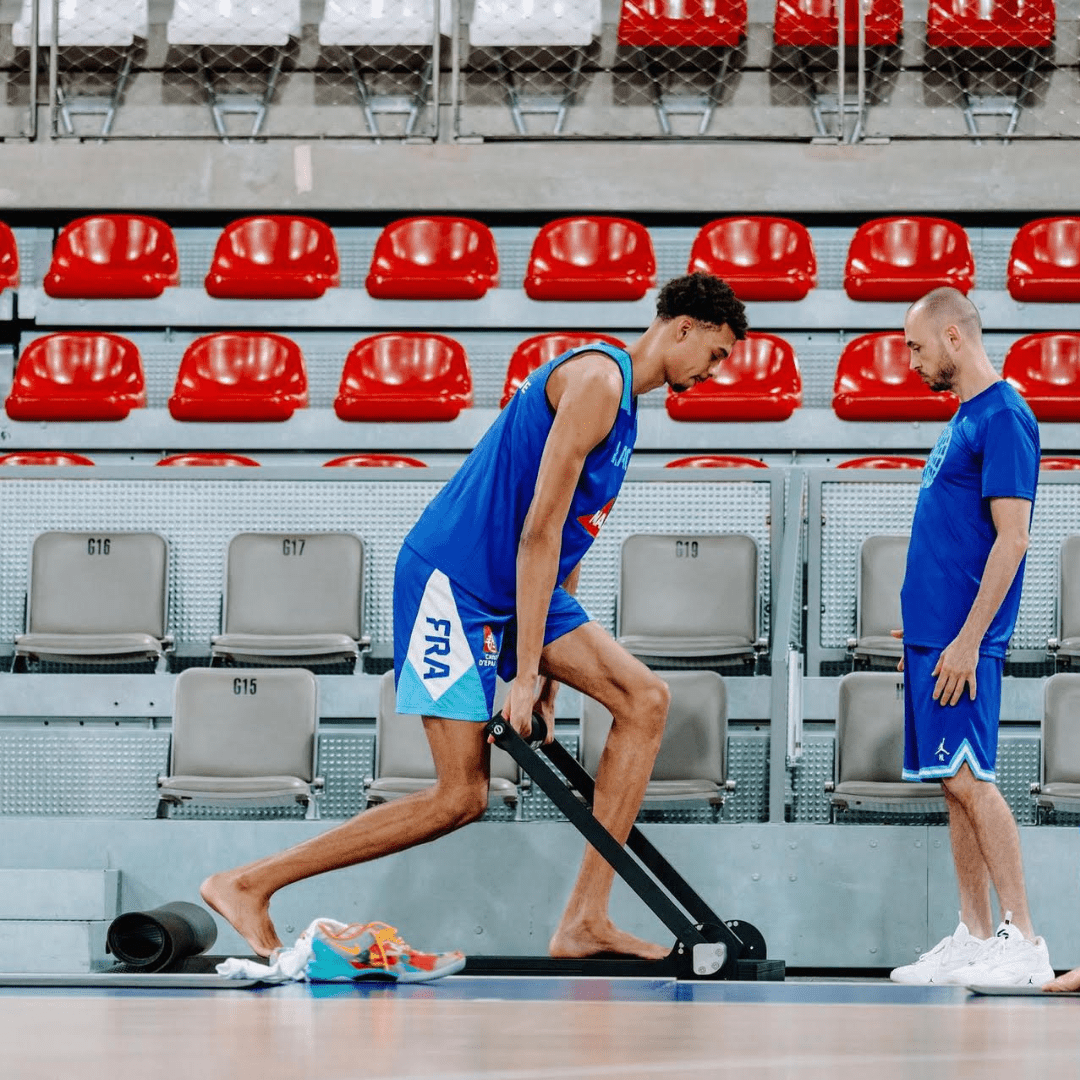
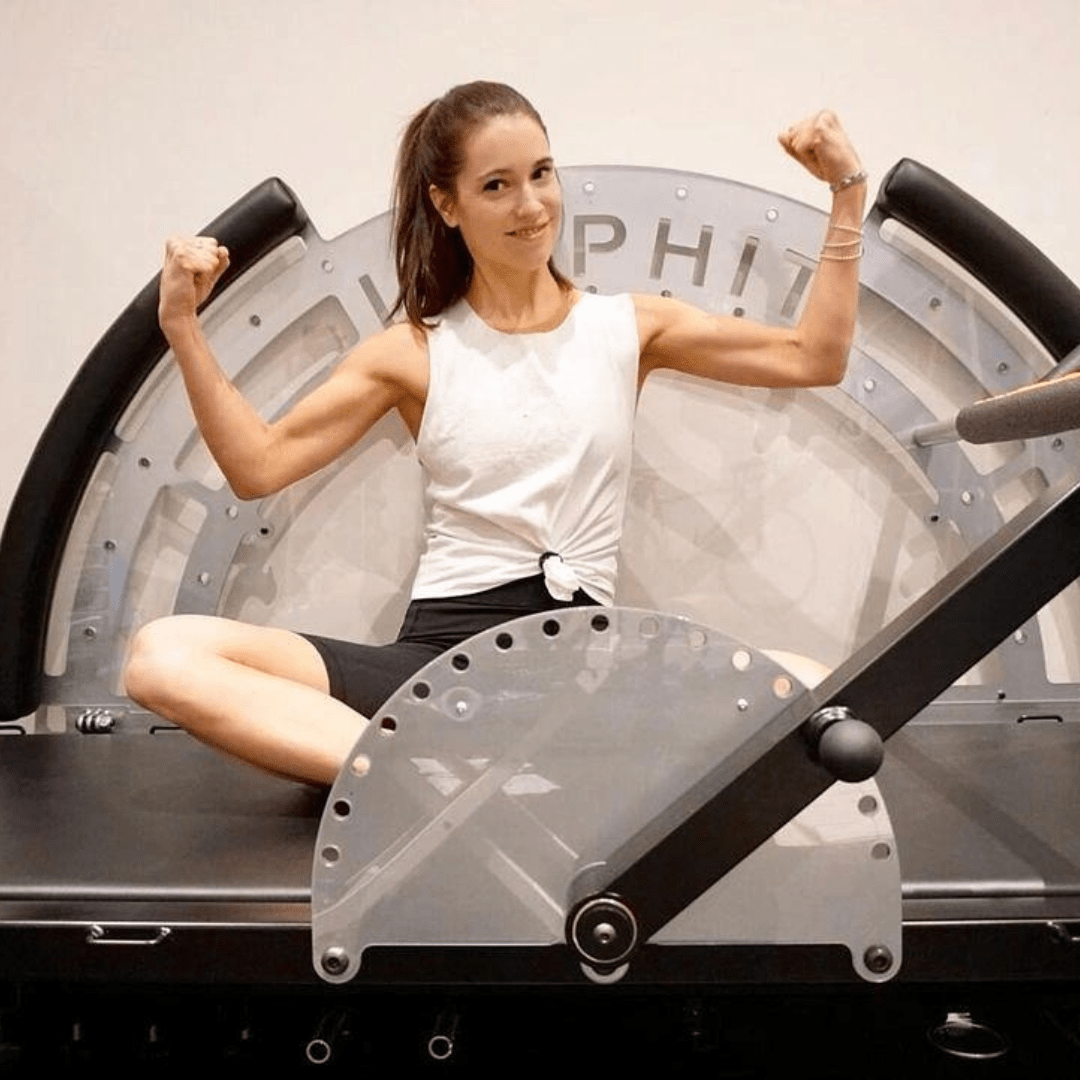
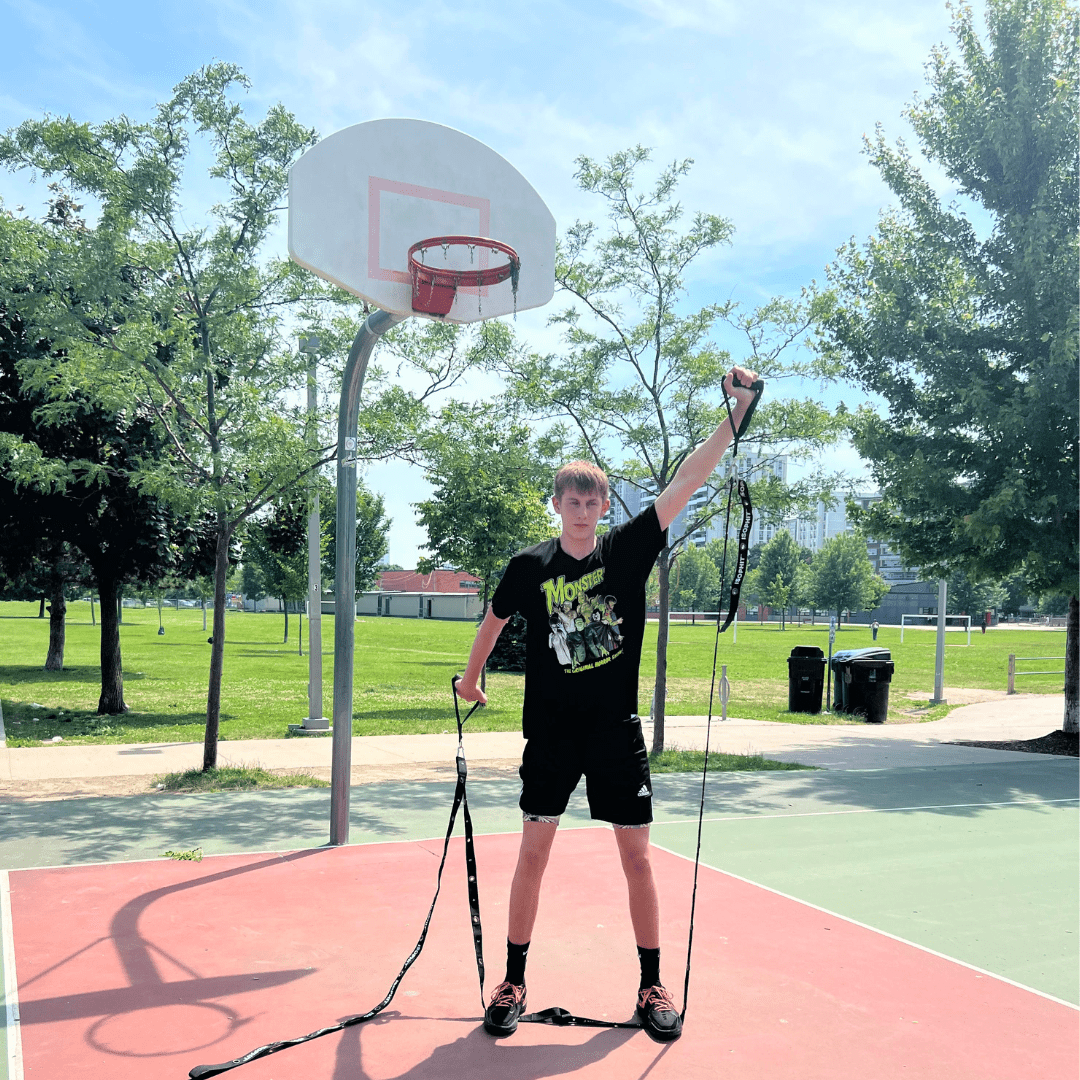
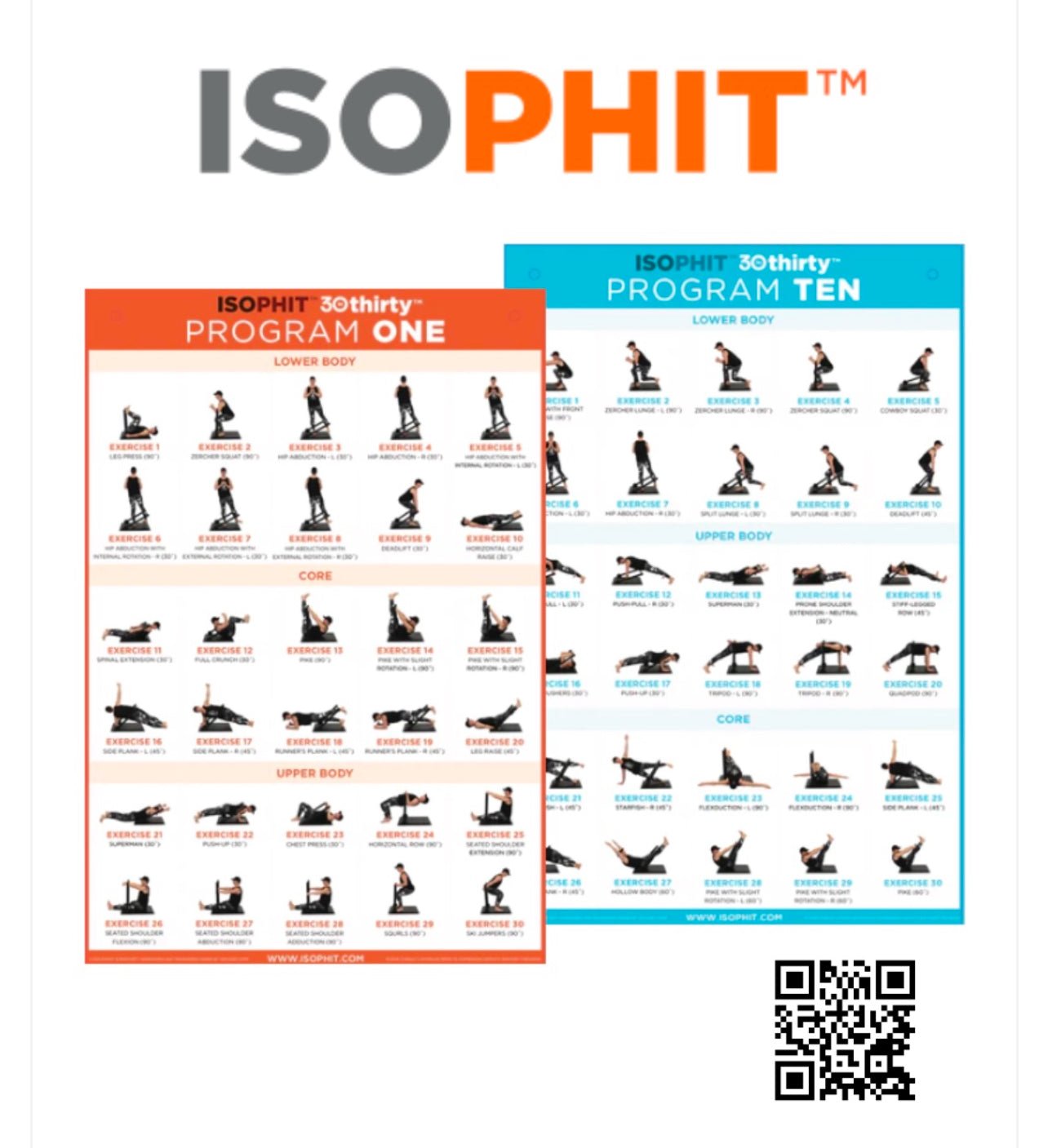

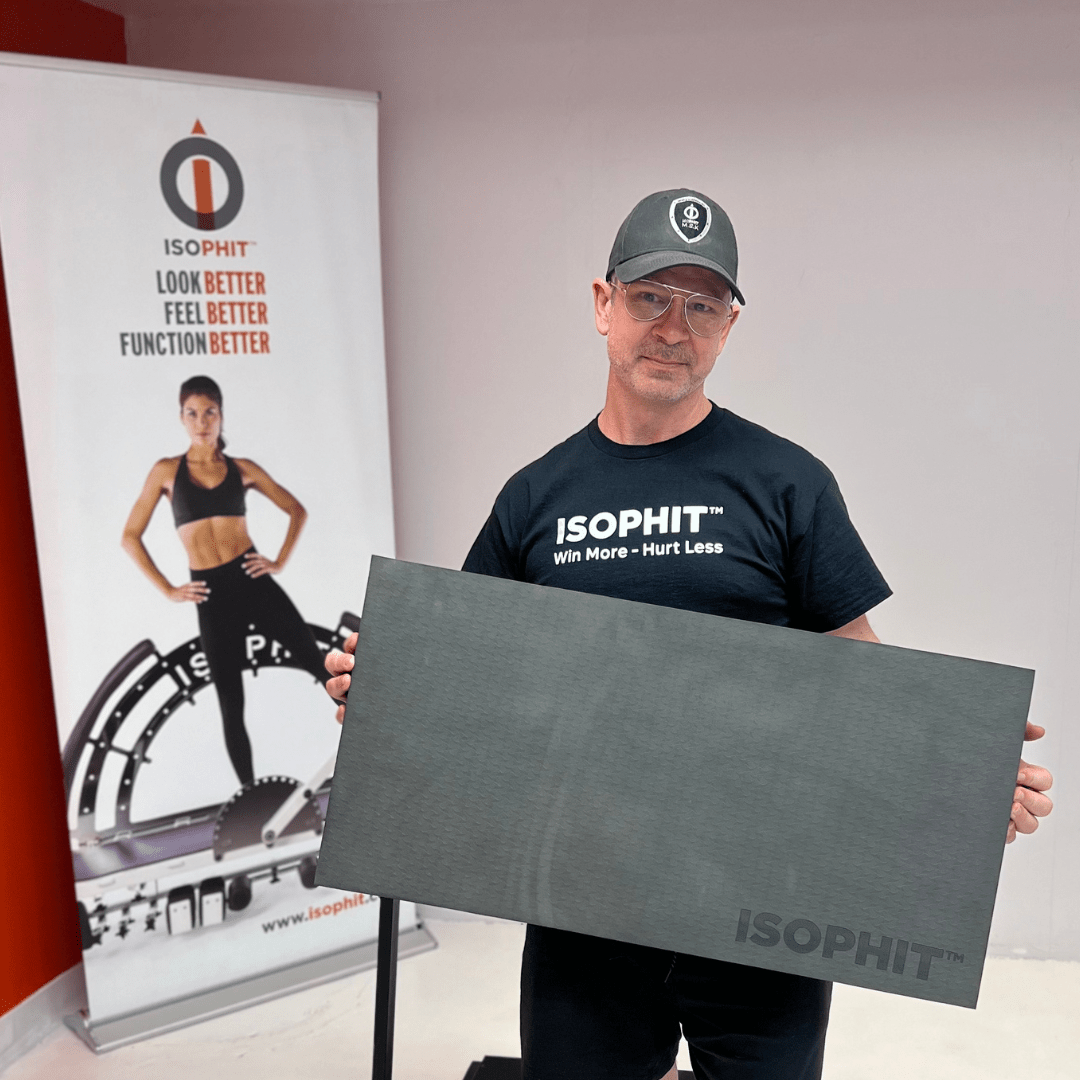
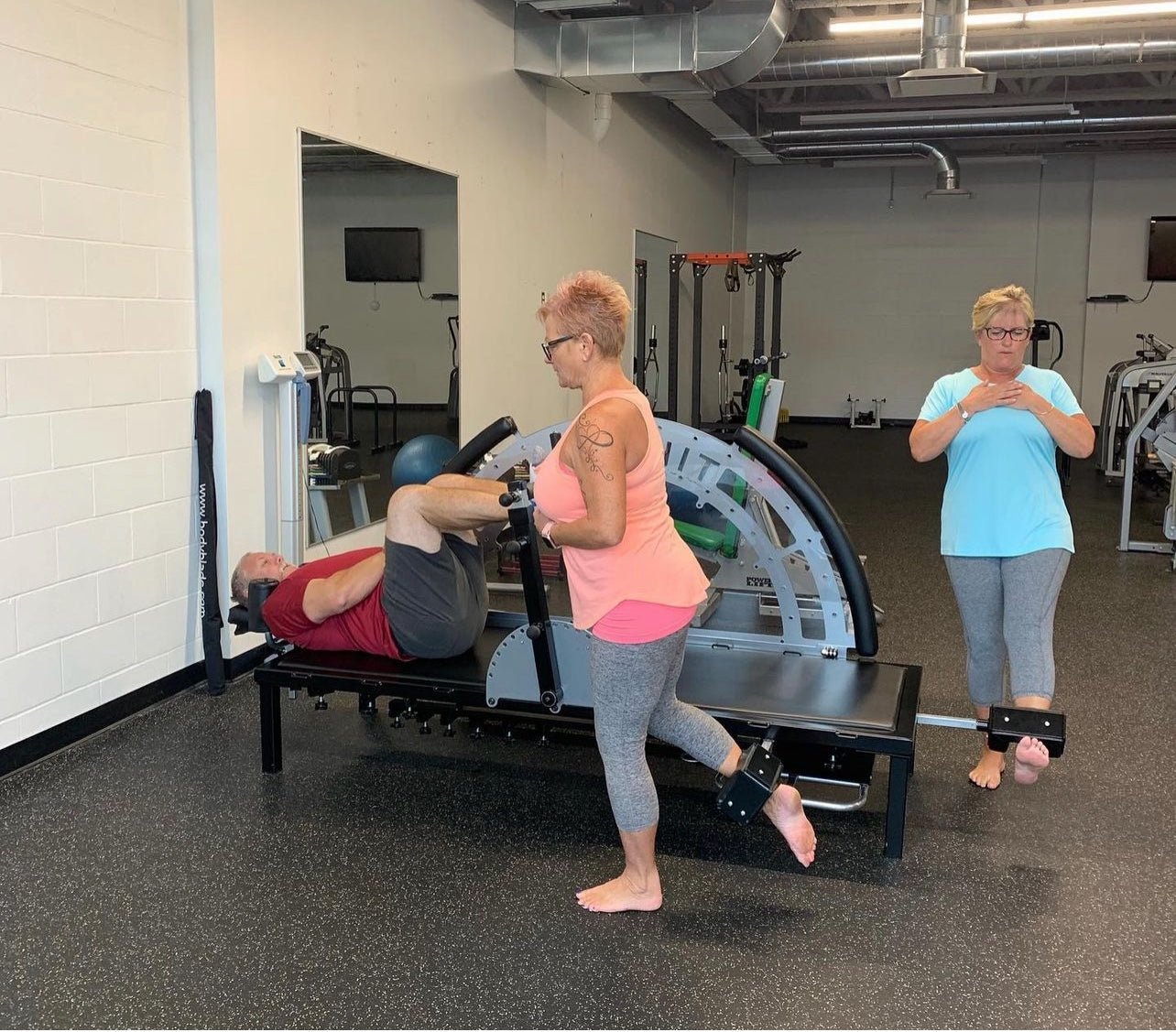
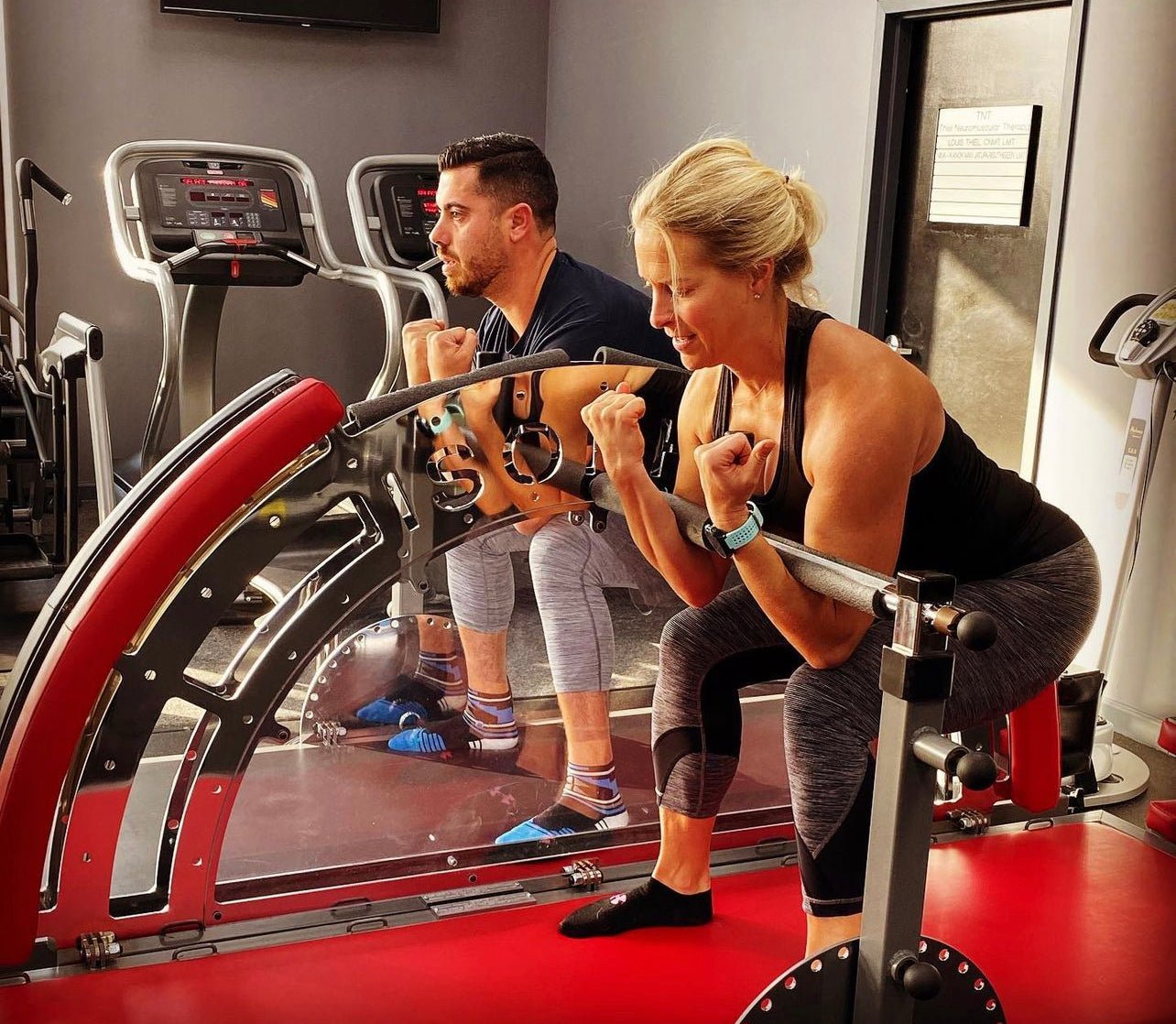
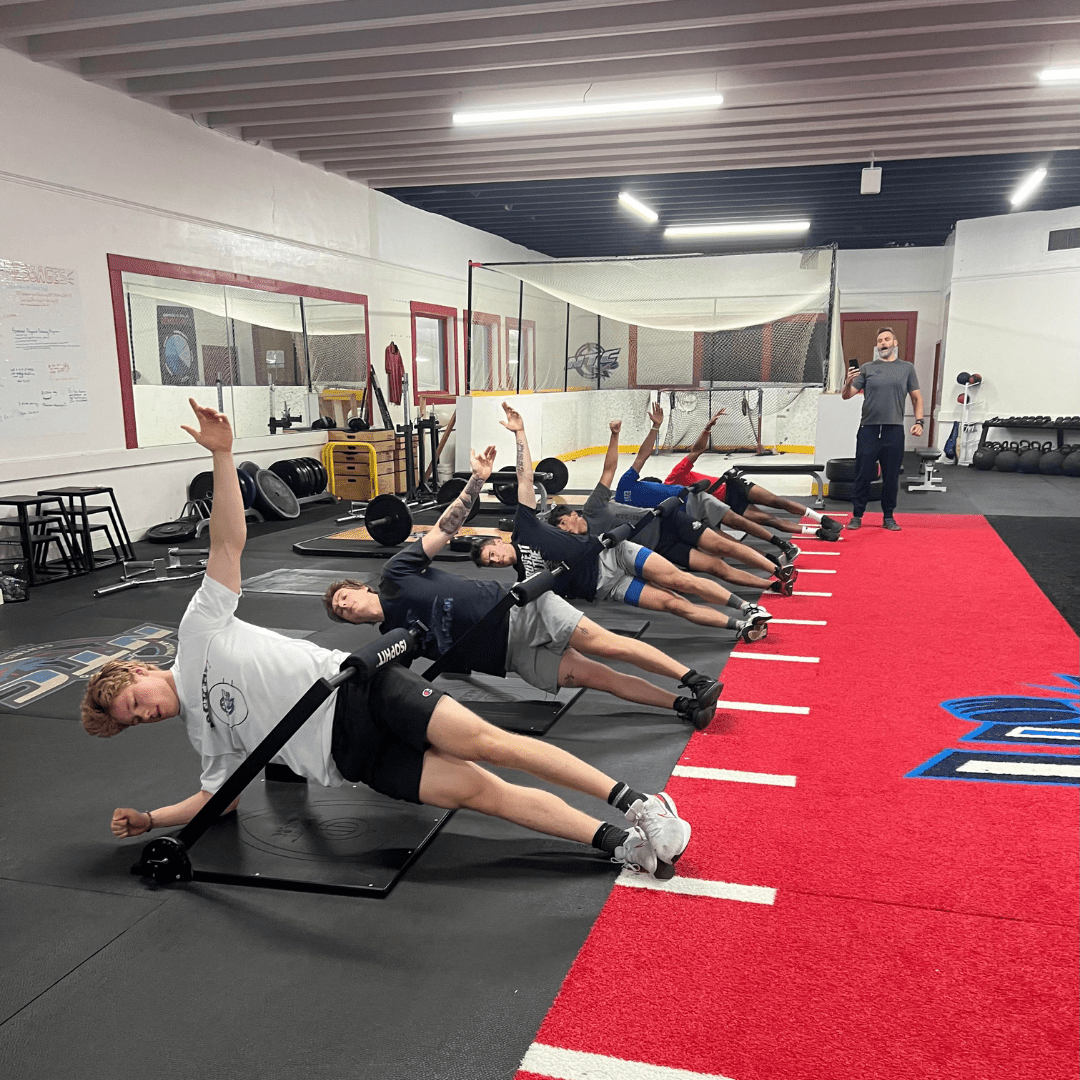
Share:
Isophit: The Future of Preventative Health Care
Isophit: Holding vs Pushing or Pulling Isometric Muscle Action.